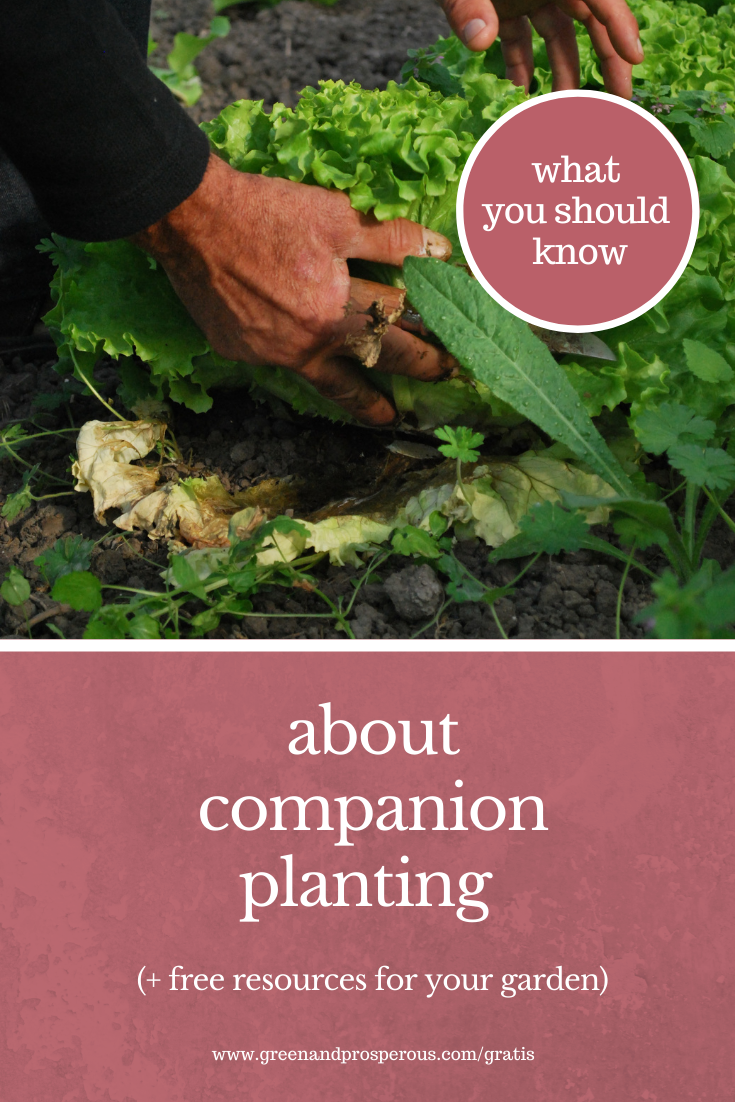What you should know about companion planting
/(updaed March 15, 2024)
Experienced food gardeners know that their plants like to be surrounded by friendly companions. Companion planting, also called interplanting or intercropping, means growing one kind of plant next to others that help it thrive. Using this technique in your food garden — whether you are planting in ground, in raised beds, or in containers — can help you grow more in less space, and is a method especially favored by small-scale organic growers.
What are some benefits of companion planting?
Experienced gardeners often find that companion planting has numerous benefits. It can help control pests, attract pollinators, improve crop flavor, add nutrients to the soil, and reduce weed growth. Some companion plants are able to create a visual obstruction that prevents certain insects from finding the plants you are trying to protect. Planting chives or coriander in order to repel aphids seems to work in this way.
Intercropping can also attract pollinators that help produce the fruit or vegetable. This is especially true of intercropping with flowers. As a general rule, marigolds make good companions for most crops; aside from attracting pollinators, their strong scent may help to mask the smell of your vegetables from garden pests. Nasturtiums also work well, too, whether in ground, in raised beds, or in containers. They often work as a trap crop, attracting aphids and squash bugs and thereby deterring them from from attacking vegetable plants like tomatoes and squash.
What does the science say about companion planting?
Scientific studies back up many of the anecdotal claims about companion planting, showing that it is a good long-term strategy for improving crop yields and performance. Even so, there are a dwindling number of agriculture scientists who continue to debate the actual ‘proof’ of the benefits of companion planting, especially when considering factors like how close or far apart crops are spaced. However, most scientists agree that certain companion plants can produce repellent chemicals or mask the odor of the plant you want to protect, and overall, the majority of scientific studies support the idea that companion planting can be an effective strategy for improving the quality of soil, promoting plant health and increasing yields in a sustainable and natural way.
There are also ongoing debates, and consequently, confusion over which plants go well together, and whether some of the reported benefits of companion planting are consistent or coincidental. These are partly debates between using scientific methods (usually in controlled, laboratory stings) and using personal experience to determine how to companion plant. There are benefits to both methods, though admittedly, I prefer to rely mostly on experience (my own and that of successful gardeners I know) with a smattering of science to help me understand why certain combinations have seemed to work well in my own garden, while others don’t seem to have much effect one way or another.
How to choose companion plants
So what companions should you plant next to your food crops? Use this chart to help you configure your companion planting.
If you want a free copy for yourself you can also download this chart and get exclusive access to even more tips and tools for creating a thriving garden by signing up for our list of free resources. Click the chart below to see some samples from the library then sign up to access and download items from my library of cheat sheets, reports, worksheets, and printable resources for folks who have gone green, want to go green, or are just looking for a few tips and tools to achieve optimal health and wellness.
Like this? Please pin!









































Have you followed the recent news in the US about the peer-reviewed study that determined that 80 percent of Americans test positive for the synthetic pesticide chlormequat? This pesticide has been found in conventionally-grown grain crops like oats, wheat and barley, and has been linked to fertility problems in animal studies. Regular exposure to pesticides like these is at least partly responsible for recurring health crises around the world, including major diseases like cancer and cardiovascular, neurological, metabolic and psychological disorders. By growing at least some of your own food, you can reduce your exposure to these harmful chemicals and begin to take control of your health. Container gardening is a great way to get started.